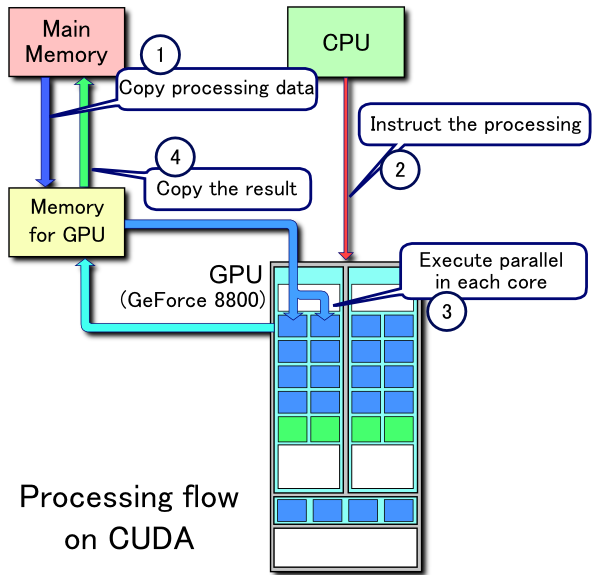我使用的OS是CentOS 7.1,需要安装lxc和lxc-templates。安装后的模板在/usr/share/lxc/templates目录下:
# ls
lxc-alpine lxc-archlinux lxc-centos lxc-debian lxc-fedora lxc-openmandriva lxc-oracle lxc-sshd lxc-ubuntu-cloud
lxc-altlinux lxc-busybox lxc-cirros lxc-download lxc-gentoo lxc-opensuse lxc-plamo lxc-ubuntu
接下来以CentOS为模板创建一个container:
lxc-create -t centos --name cn-centos
临时的root密码存在/var/lib/lxc/cn-01/tmp_root_pass:
# cat /var/lib/lxc/cn-centos/tmp_root_pass
Root-cn-centos-EXb6bB
启动container:
# lxc-start -n cn-centos
停止container:
# lxc-stop -n cn-centos

